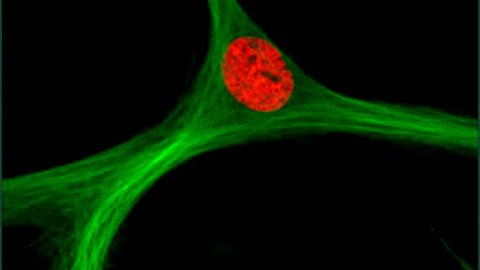The Age of Live Stem-Cell Therapy

What’s the Latest Development?
When Hans Keirstead, a biologist at the University of California, Irvine, rehabilitated paralyzed rats by injecting stem-cells into their spines, the medical world marveled at what the future might hold. Thirteen years later, a private biotechnology firm, after leasing Keirstead’s medical patents, has made stem-cell treatments for paraplegics the core of its research. The F.D.A. has approved stem-cell treatment for spinal cord injuries in humans, albeit with a series of safety precautions. Still, some in the medical community say there is not yet enough research to justify testing on humans.
What’s the Big Idea?
The road to stem-cell therapy has been a difficult one yet the technology remains truly revolutionary. Stem-cells are unique in that they can grow to become the tissue of any organ in the body. This has been a blessing and a curse for medical researchers. When injected with stem-cells, some damaged tissue has indeed recovered, but sometimes the stem-cells did not forget their original duty, to create an entire person. This has led to the development of tumors called teratomas that are composed of multi-organ tissues like teeth, bone and hair.





